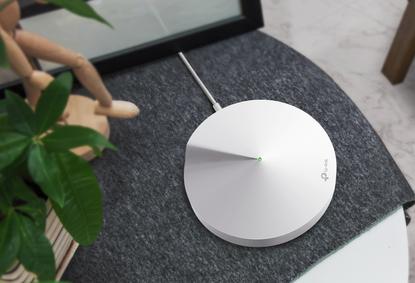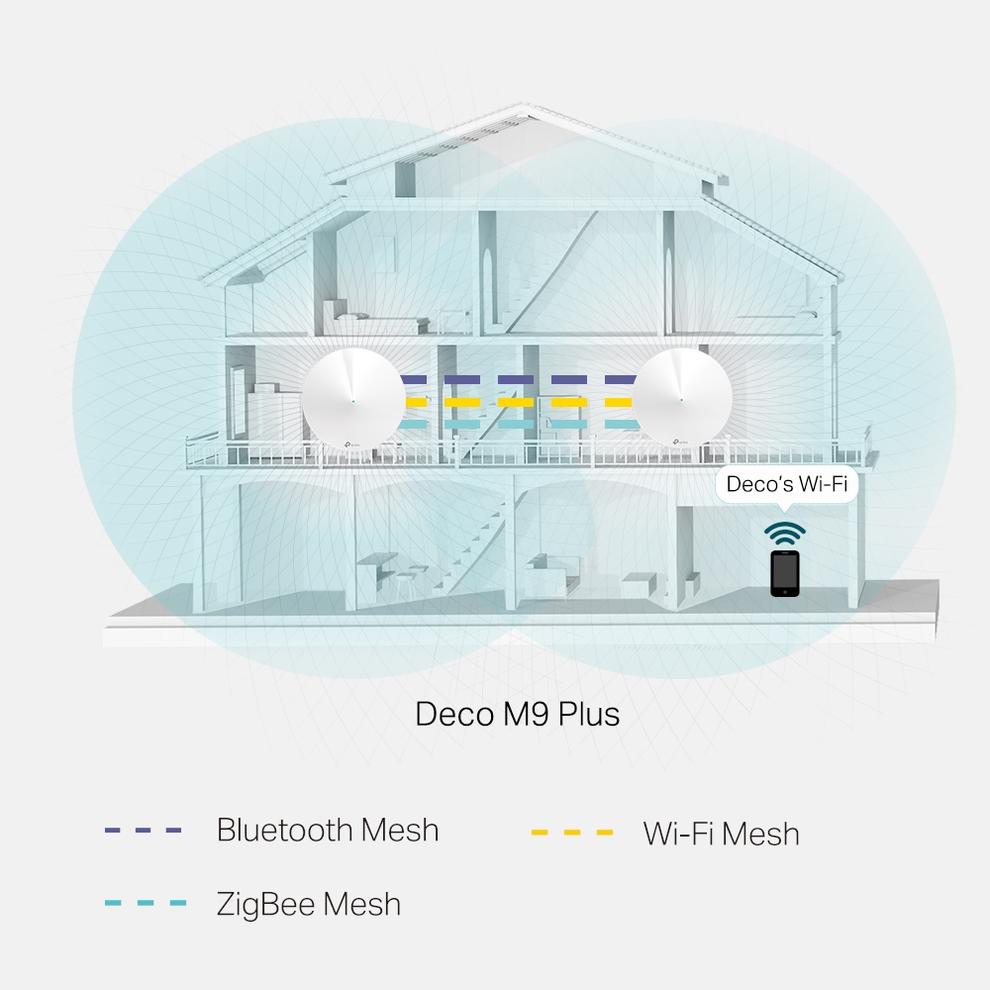Making The Smart Home Work
- 13 June, 2019 12:48

Australians have an average of 17 connected devices per home. In fact, between the televisions, tablets, computers, smart watches, fitness bands, security systems, “home assistants”, light bulbs and refrigerators, the typical family has probably lost track of just how much they have connected to the Internet.
Amazingly, it’s not stopping there. Our appetite for devices is about to explode. By 2022, the average number of household devices is going to more than double, to 37. Driven by gadgets and virtual assistants for the smart home such as Google Home and Amazon Alexa that act as a “hub” and tie a home’s devices together, the convenience of having a fully-connected household has created a $US1.4 billion market in Australia in 2019, a market which is growing at more than 30 per cent, year-on-year.
Unfortunately, many Australian households are missing out on making the most of these devices. Many of the off-the-shelf routers found in electronics stores are only designed so that a small number of devices can be connected at once. And the typical household has a single Internet connection point – the further the user travels from that connection point, the weaker the signal usually becomes. Most Australian households have “black spots”, where walls, floors, and/or distance from the modem router disrupt the wireless signal and cause frequent drop outs, or slow connection speeds.
Given the smart home concept banks on an Internet connection being available throughout the home, these issues mean many homes aren’t currently set up to take best advantage of the convenience offered by a smart home.
Why mesh makes sense
Traditionally, the mesh network has been sold as a solution to large homes, as it provides a blanket coverage meaning users on a second or third floor can use the Internet without the need for additional wiring.
However, there’s a secondary function that makes mesh an ideal solution for the modern, hyper-connected household: it can connect many more devices.
TP-Link’s Deco M9 Plus, for example, allows for up to 100 devices to be connected at the same time. It also uses Tri-Band signals – three separate wireless frequency options – so that each device can seamlessly move to a noise-free, reliable signal if any of the other signals become congested.
People also need to consider the Internet connection itself when developing a smart home. With the bulk of Australians either connected to, or soon to be connected to, the NBN, many people will have access to speeds of up to 100mbps download and 50mbps upload.
Faster connections are required as more devices are added to a network, because those speeds will be “split” and shared across devices. As devices designed for a multitude of simultaneous connections, it’s important mesh units are lossless in the signal they broadcast.
The Deco M9 Plus makes full use of 802.11ac wireless standards, and Mesh Technology for seamless roaming, so as a person moves from one room to another, they are seamlessly transitioned to the nearest mesh device. Through such a set-up, home users can expect a lossless Internet experience across all devices.
Perhaps most appealingly of all, for families grappling with managing the increasing number of devices and apps in the environment, is the way that the Deco M9 Plus has been developed to also act as a Smart Hub. Users can sync each of the different apps that are controlling the smart home to the Deco M9 Plus app (which supports Bluetooth, Wi-Fi and Zigbee-compatible devices), and then seamlessly control them all from within that one app.

Demystifying the mesh myths
To date, mesh networks were seen as an enthusiast’s playground. Designing the environment, configuring the network, and making sure it all works seamlessly is something beyond the typical plug-and-play that most home users are looking for.
The smart home comes to the rescue here. Just as every smart device connected to the network is managed through easy to use apps that are downloaded onto the phone or tablet, so too is the mesh network itself. With the Deco M9 Plus, once the base units are plugged in, the user simply downloads the Deco app onto their phone and follows the instructions to set up the entire environment.
One of the greatest concerns people have with the Internet of Things (IoT), and smart phones, is the security of the environment. Horror stories of hackers accessing a person’s connected cameras or security system aside, the biggest threat to the home network is the router – a Symantec report found 75 per cent of all instances of device hacking target the router.
The Deco M9 Plus comes bundled with TP-Link HomeCare which, in addition to featuring a robust Trend Micro antivirus solution, also offers deep parental controls and features to help ensure the home environment has the maximum possible security. HomeCare comes free for three years with the Deco M9 Plus, and again, this can all be easily managed from within the app, with no technical expertise needed.
From ensuring the house is warm (or cool) and comfortable when you return home after a day out or at work, ensuring access to your digital music library wherever you are in the home, through to ordering necessary groceries when the fridge detects you’re running low on them, the automation and convenience of the smart home will make all everybody’s life a little easier. The key to making sure that it’s not a frustrating experience as well is in having a comprehensive mesh network to blanket the house with a fast and secure connection for all devices.
To find out more about TP-Link's Deco M9 Plus, click here.





